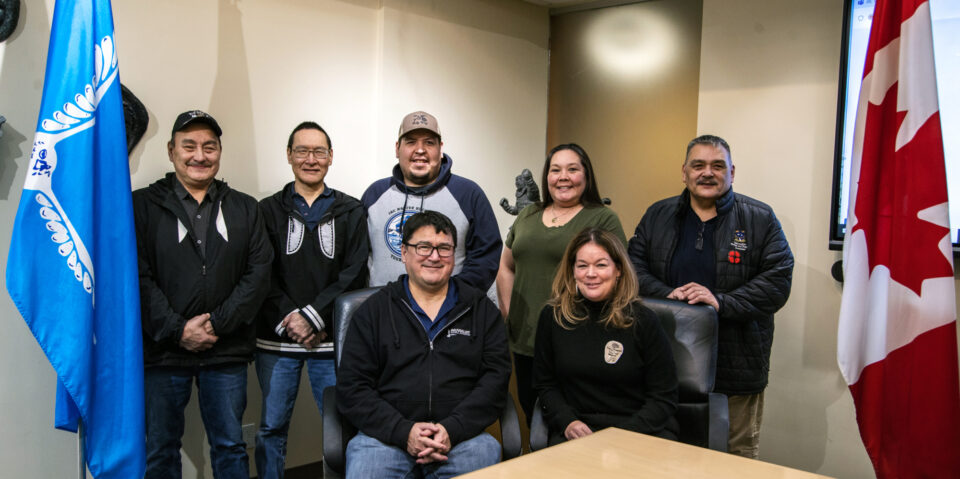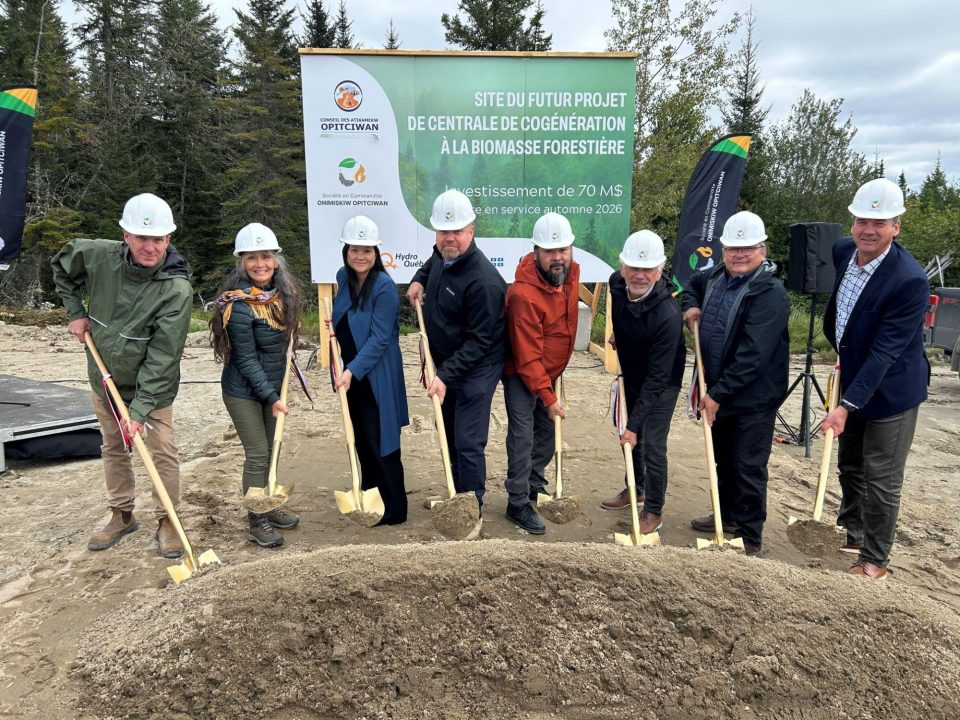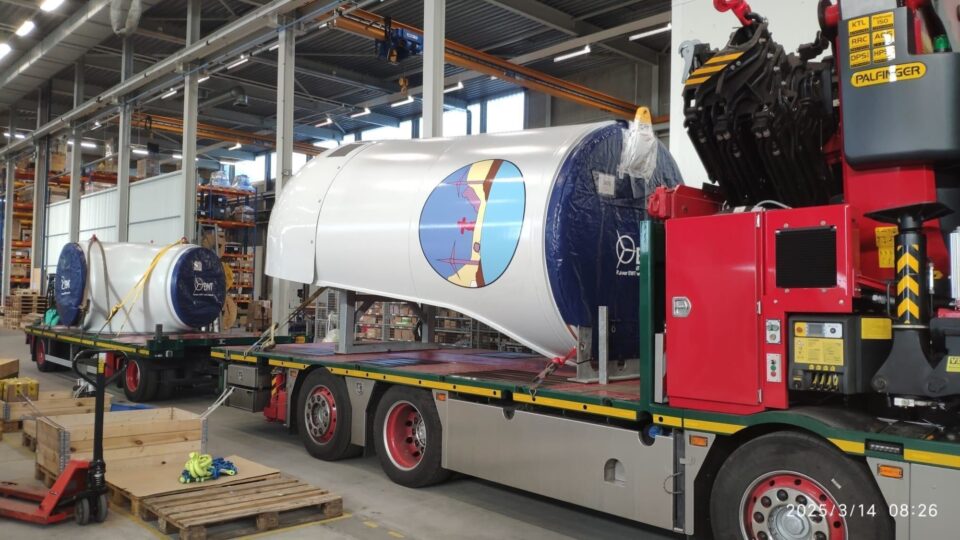Remote Indigenous communities across Northern Quebec, the Northwest Territories, and Nunavut are spearheading new, sustainable energy security projects, and the CIB is helping them achieve their community goals.
These initiatives aim to curb emissions, lower some of the country’s highest energy costs, and stimulate job creation and economic development.
In Quebec’s Mauricie region, the Atikamekw Nation of Opitciwan is making significant strides toward energy independence. With a $24 million loan from the Canada Infrastructure Bank (CIB), the community is constructing a 4.8-megawatt biomass cogeneration facility. This plant will utilize bark, sawdust, and woodchips from a nearby sawmill to generate electricity for community needs and steam to power a new wood kiln at the mill. The project is projected to displace 4.6 million litres of diesel annually and cut emissions by greater than 11,000 tonnes.
Chief Jean-Claude Mequish of Opitciwan emphasized the importance of the initiative: “It will enable us to break our dependence on diesel, which is an expensive, polluting and unstable source of energy."
“Once operational, the forest biomass cogeneration plant will provide a reliable and safe source of energy for our families and infrastructure. It will power our sawmill, a local economic pillar, and create quality jobs. It is a concrete step towards energy independence and economic development for our Nation.”
Beyond economic benefits, reducing diesel use improves air quality, enhances energy reliability, and minimizes heavy transport on local roads.
“Socially, we are creating local jobs and developing skills in our community. And culturally, this project reflects our vision of development that respects our territory and our values. It is a model of the circular economy that makes us proud,” added Chief Mequish.
He also credited the CIB’s support as instrumental in advancing the decade-long vision while maintaining full community ownership.
“Thanks to them, this project has become a reality and will inspire other Indigenous communities across the country.”
In the Northwest Territories, the Inuvialuit Regional Corporation is pursuing the $293 million M-18 well development project. This initiative, backed by a $100 million CIB loan, will produce natural gas and synthetic diesel for local heating, transportation, and energy needs. Accessible via an ice highway from Inuvik, the project aims to reduce the region’s reliance on fuel transported from the south.
This project will make a real difference in the lives of community residents, said Duane Smith, Chair and CEO of the Inuvialuit Regional Corporation.
“[We are] committed to securing a long-term, stable energy source for the region—strengthening energy security while delivering lasting benefits that will support Inuvialuit culture, education, wellness and healthy communities, all while investing in a bright future for our children.”
Meanwhile, on Nunavut’s Belcher Islands in Hudson Bay, the Hamlet of Sanikiluaq is advancing the Anuriqjuak Nukkiksautiit Project (ANP). This initiative, led by the Inuit-owned Nunavut Nukkiksautiit Corporation (NNC) (a subsidiary of Qikiqtaaluk Corporation), involves the installation of a 1 megawatt wind turbine and a 1 megawatt-hour energy storage system. The project is expected to replace up to 70% of the community’s diesel use with renewable electricity.
“This project represents the future of energy in the Territory, wherein renewable, local resources are used to generate electricity instead of imported fossil fuels,” says Heather Shilton, director of NNC.
She said the project represents “true energy sovereignty” while also tackling some of the highest electricity prices in the country.
“There remains an economic burden of continued reliance on imported diesel in the Territory. The Anurjquak Nukkiksautiit project seeks to offset that burden, in collaboration with project partners.”
Supported by a $6.8-million loan from the CIB’s Indigenous Community Infrastructure Initiative, the project—under development since 2016—is anticipated to create approximately 100 jobs during construction and operations. It will also include a profit-sharing community enhancement fund.
Once operational in late 2025, it will reduce diesel consumption by up to 2.5 million litres annually, cutting emissions by approximately 1,559 tonnes per year.
Flaherty emphasized the project embodies an energy future that prioritizes Inuit rights and environmental sustainability, ensuring a safe and clean environment for future generations.
Hillary Thatcher, CIB’s Managing Director of Indigenous and Northern Investments, noted the broader implications of these efforts.
“Getting off diesel means communities can be more energy secure and have more reliable and clean supplies of energy that have really positive health impacts.”
She added that the CIB’s financing model is replicable across the country.
“There are about 100 Indigenous communities right now that are 100% reliant on diesel, and this is a model that we can replicate and deliver so that communities can continue to prosper and grow and improve their well being.”
Beyond energy, the CIB is investing in critical infrastructure across the North. In Whitehorse, Yukon, the bank is contributing $32 million towards enabling infrastructure on Kwanlin Dün First Nation lands. This project will unlock up to 387 new housing units, addressing the region’s growing housing demand.
In the Arctic, the CIB is also supporting the proposed Grays Bay Road and Port Project with up to $3 million in accelerator funding. The long-term goal of the project is access to the mineral-rich Slave Geological Province Corridor and connect it to a deep-water port on the Arctic Ocean. It could establish the first overland link between southern Canada in Edmonton (via Yellowknife) and the Arctic coast, replacing the seasonal Tibbitt-Contwoyto Winter Road with an all-season route.
Strategically located along the Northwest Passage, the port would bolster Canadian and Inuit sovereignty and provide essential dual-use infrastructure for the Canadian Coast Guard and Royal Canadian Navy. It could also facilitate the export of critical minerals and improve access to goods and services for Inuit communities.
“Canada’s Far North has many infrastructure needs, and these investments are just the start of the CIB’s efforts to make a real difference for communities facing unique challenges,” said CIB CEO Ehren Cory. “The Grays Bay project is key to defending sovereignty in Canada’s Far North and unlocking economic opportunities for residents.”






